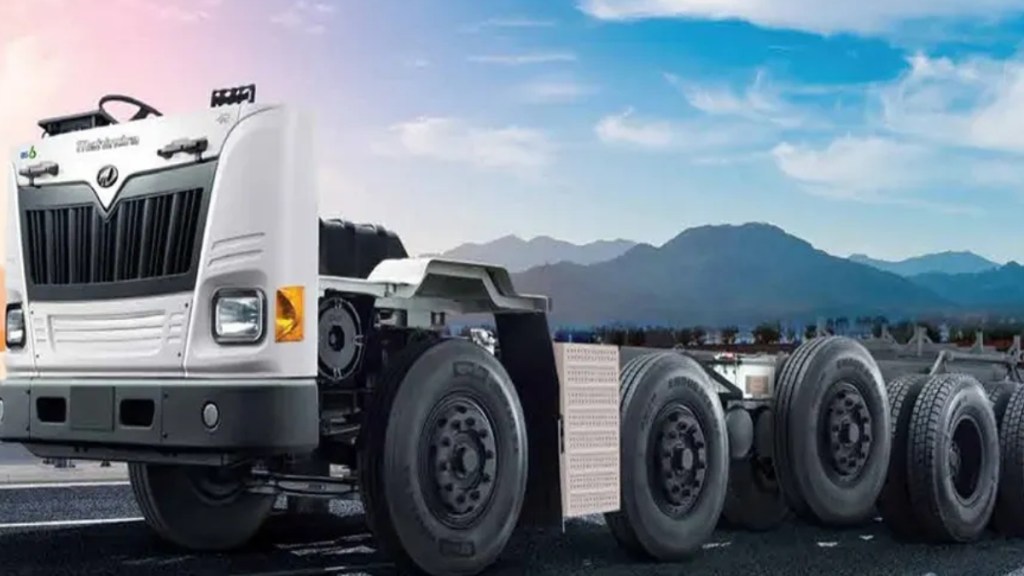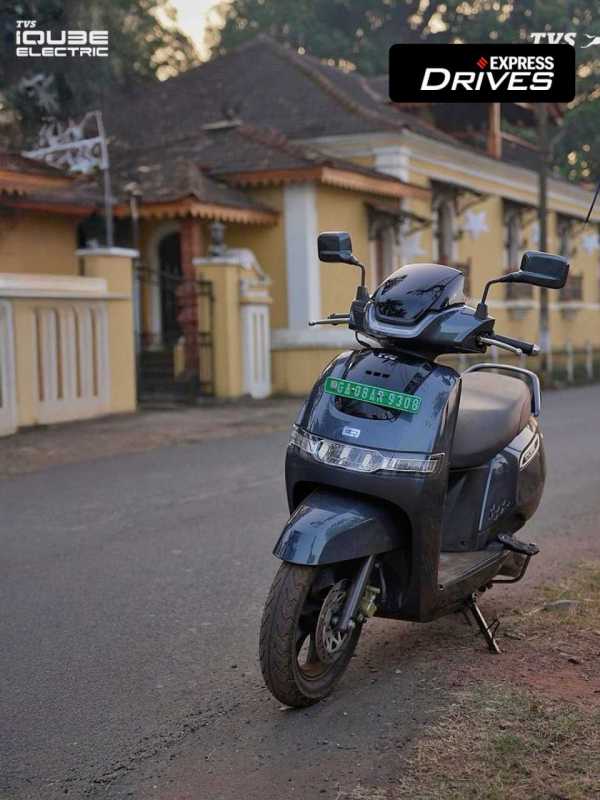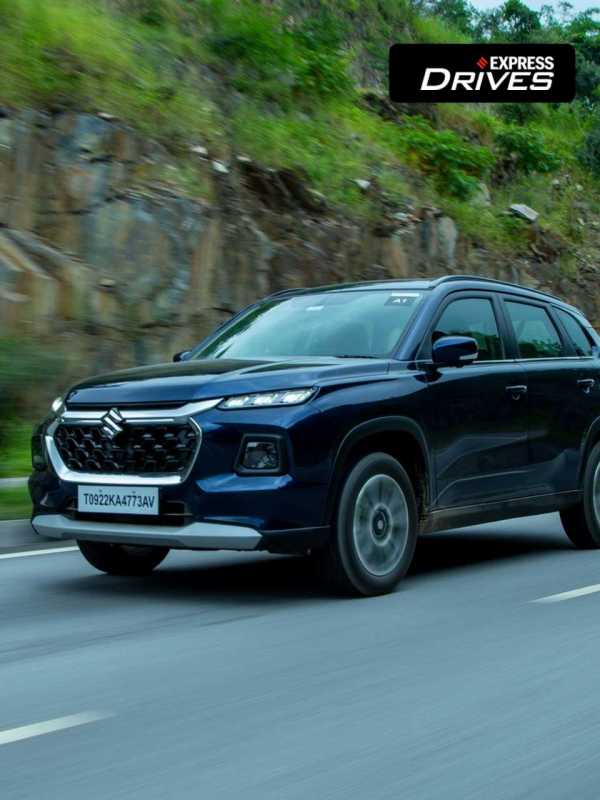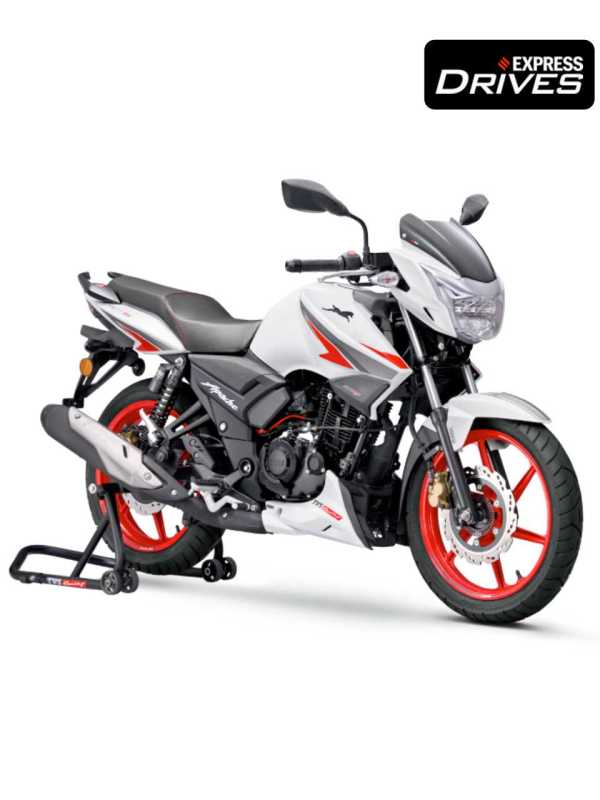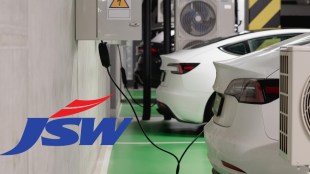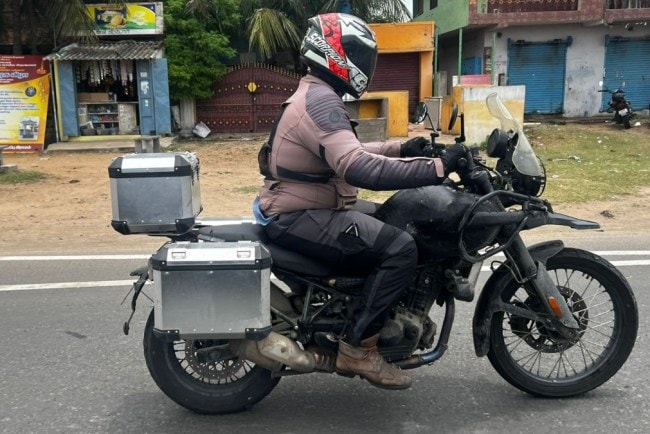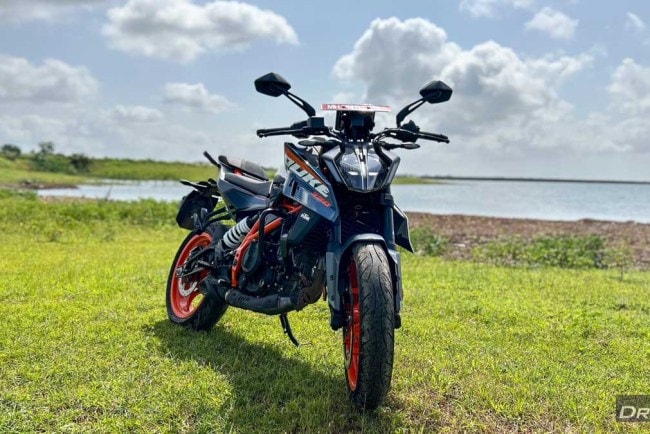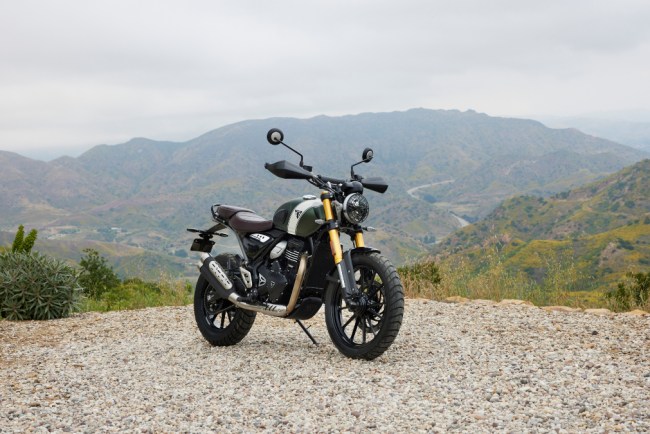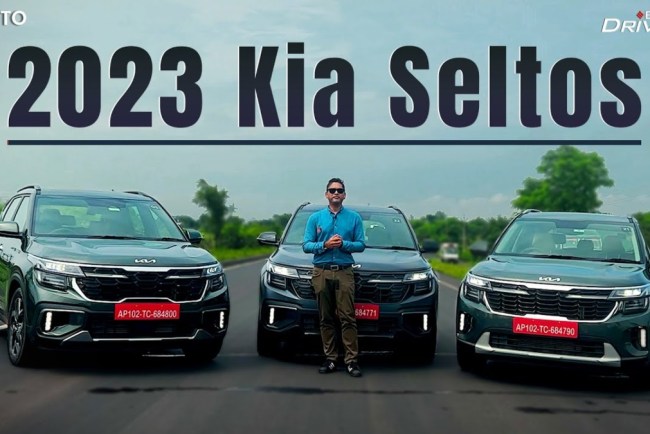The Minister of Road Transport & Highways (MoRTH) Nitin Gadkari recently announced that his ministry will come out with a mandate by 2025 to ensure that all trucks sold in the country will come with air-conditioned cabins.
Gadkari was speaking at an event organised by Mahindra Logistics in Delhi acknowledging the role of the driver community in keeping the wheels of the economy moving.
“Our drivers operate vehicles in harsh temperatures of 43-47 degrees and we must imagine the condition of drivers. I was keen to introduce the AC cabin after I became a minister. But some people opposed it saying the cost of trucks will go up. Today, I have signed the file that all truck cabins will be AC cabins,” he said.
This move could very well be the first big step in making Indian trucks similar to that of the developed parts of the world. At present, trucks in India (depending on the OEM) are available either with a company-built cabin and body, or they are cowl trucks.
Cowl trucks are basically trucks that do not come with a built-up cabin and coach around the vehicle chassis, with coachwork being done by a third-party bodybuilder.
“With India catching up on emissions regulations in last few years, there is a strong need to pick up an equal (if not more) rigor on mandating necessary regulations on safety. In fact, the crash safety norms for truck cabins in India are greatly lacking since even ECE R29-02 norm is still not mandated. This norm addresses crash safety up to the lower point of the windshield in a truck cabin. Europe is, in fact already at ECE R29-03 for years which covers the entire cabin for providing crash safety,” said Satyakam Arya, MD and CEO, Daimler India Commercial Vehicles.
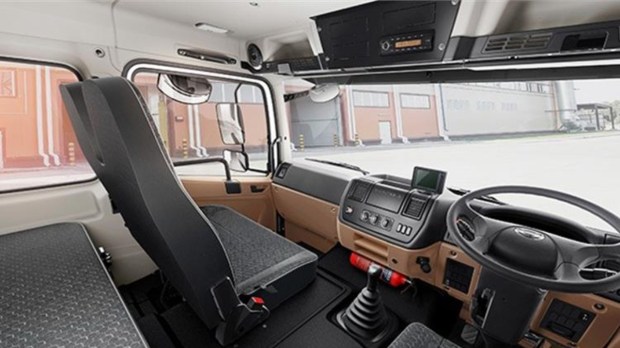
“We welcome this step since it will not only provide a comfortable working environment for the drivers, but it will also enhance safety on the roads by reducing driver fatigue and reduce the incidence of hearing loss among drivers with prolonged working hours in non-air-conditioned cabins. The productivity of fleets will also get a positive fillip due to the implementation of air-conditioned cabins,” he added.
Vinod Aggarwal, MD and CEO, Volvo Eicher Commercial Vehicles said, “We welcome the government’s decision to mandate air conditioning in truck cabins from 2025. This reflects a progressive approach towards enhancing driver ergonomics and comfort thereby facilitating improved road safety and efficient logistics. Air-conditioned cabins provide much-needed respite to truck drivers who keep our nation’s economy ticking in tough work conditions and extreme temperatures during long hours on the road. Implementing air-conditioned cabins may result in some additional costs, with estimates ranging from Rs 30,000 to Rs 50,000, depending on the size of the vehicle. In some models, particularly light commercial vehicles, OEMs may need to consider drivetrain changes and increased engine power to accommodate AC cabins. Together with improvements in highway infrastructure, improving vehicle emission and safety, this mandate is another positive step towards transforming the trucking industry in India by addressing one of the most important stakeholders in the logistics system – truck drivers. This will also encourage more people to take up truck driving as a profession.”
Rahul Dhoot, MD, Dhoot Transmission said, “This decision will provide comfort, increase safety and reduce accidents for truck drivers who are behind the wheels for more than12 hours often facing extreme temperatures. While the introduction of air-conditioning in truck cabins will bring dignity to the driver whose job is considered the most exploited job in the country, there is an additional expenditure for the truck manufacturers since the increase in costs will be in the range of between Rs 10,000 to Rs 20,000. However, the industry needs to support the move from the drivers’ perspective as they are the key people driving the supply chain industry.”
Cowl trucks and safety
While on one hand, this move may increase the upfront cost of the trucks marginally, it is important to note that, the improved operational efficiency would lead to higher operating margins. In fact, as per industry observers, the share of cowl trucks has been coming down over the years from the highs of 70 percent in 2012 to around less than 40 percent at present.
Secondly, fully-built trucks offer higher safety compared to half-built cabins (cowl trucks) coming out of the factories.
Bal Malkit Singh, Chairman – Core Committee, AIMTC said “The government’s move to mandate air-conditioned cabins is a welcome step, but it also means there will be an increase in the acquisition cost of the trucks, as well as increased operational cost on the back of higher fuel consumption. The trucking community will not be able to completely absorb the cost, and thus this will lead to an increase in freight rates.”
Vinkesh Gulati, Chairman, Federation of Automobile Dealers Association (FADA), says that mandating air-conditioned cabins in trucks is a very good move and “The added comfort for drivers will aid in improving their sentiments and will also help reduce the availability of truck drivers who have been leaving the profession. On the other hand, improved comfort for the drivers also will help lead to improving vehicle movement and efficiency. There will also be an improvement in turnaround time of a trip as the driver’s efficiency goes up.”
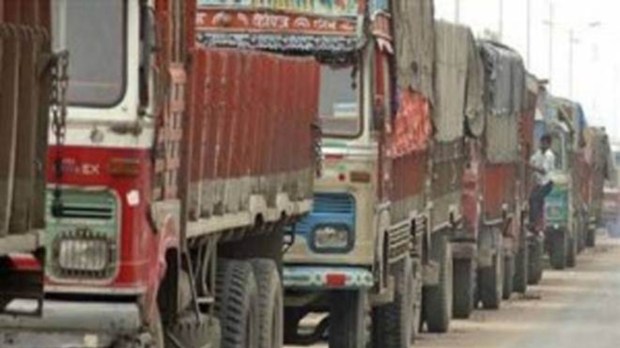
But Singh also expressed his concerns that while the move will definitely improve productivity and provide comfort to truckers, but at the same time, the government should also focus on debottlenecking the movement issue faced by commercial vehicle users.
“Compared to the developed parts where an average truck plys 800-900km daily, in India the average is around just 300km. If the government in addition to creating infrastructure helps debottleneck issues faced by truckers on the road, the CV movement will improve and thus benefit with lower operational cost,” he concluded.

